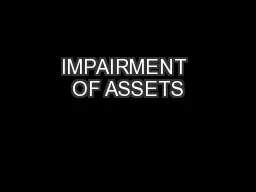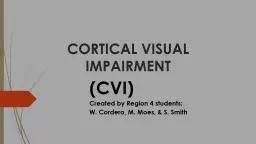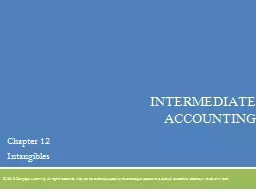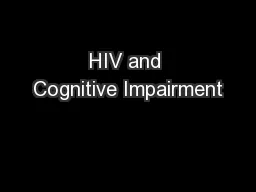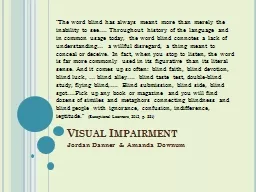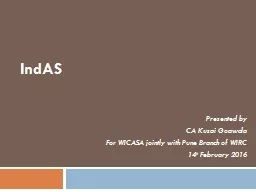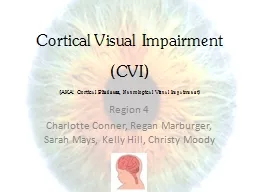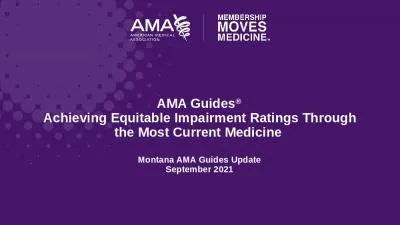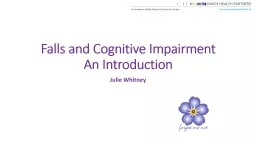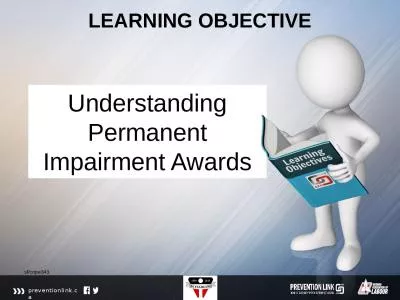PPT-IMPAIRMENT OF ASSETS
Author : tatyana-admore | Published Date : 2016-08-07
DEFINITIONS NOT SAME IAS 36 was reissued in March 2004 and applies to goodwill and intangible assets acquired in business combinations for which the agreement date
Presentation Embed Code
Download Presentation
Download Presentation The PPT/PDF document "IMPAIRMENT OF ASSETS" is the property of its rightful owner. Permission is granted to download and print the materials on this website for personal, non-commercial use only, and to display it on your personal computer provided you do not modify the materials and that you retain all copyright notices contained in the materials. By downloading content from our website, you accept the terms of this agreement.
IMPAIRMENT OF ASSETS: Transcript
Download Rules Of Document
"IMPAIRMENT OF ASSETS"The content belongs to its owner. You may download and print it for personal use, without modification, and keep all copyright notices. By downloading, you agree to these terms.
Related Documents

